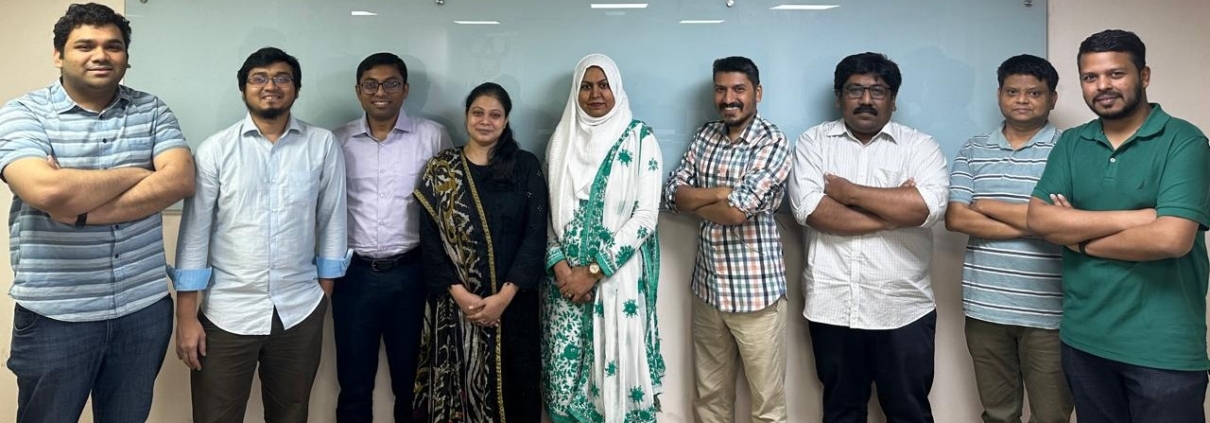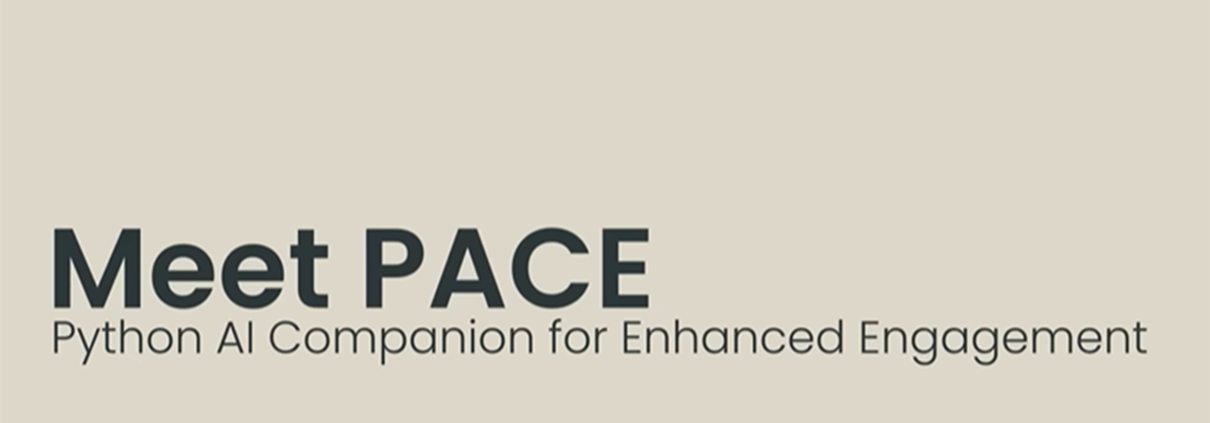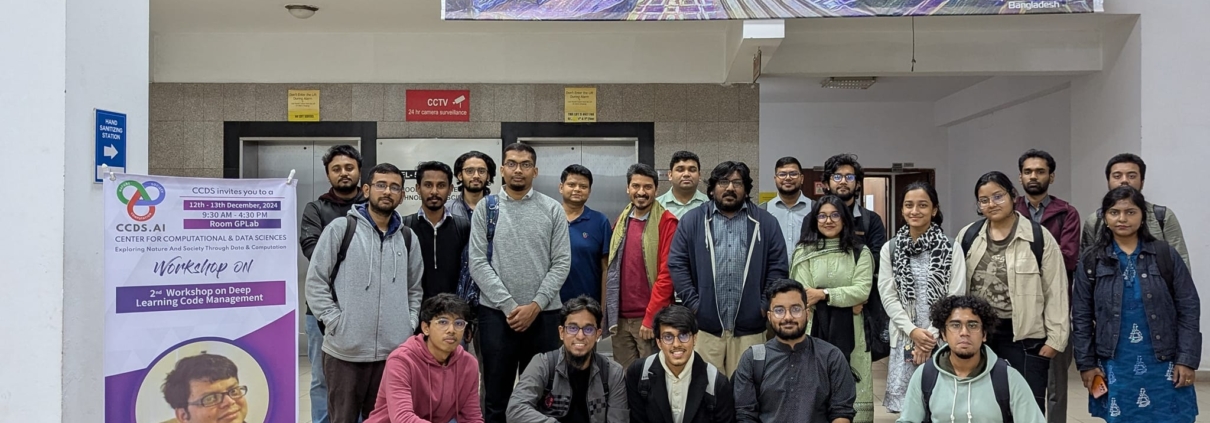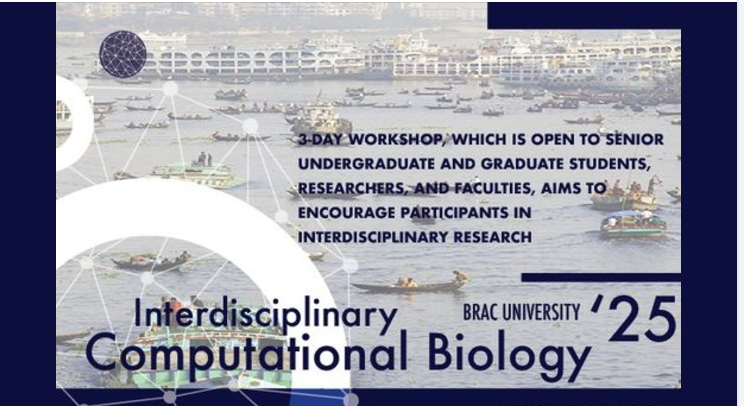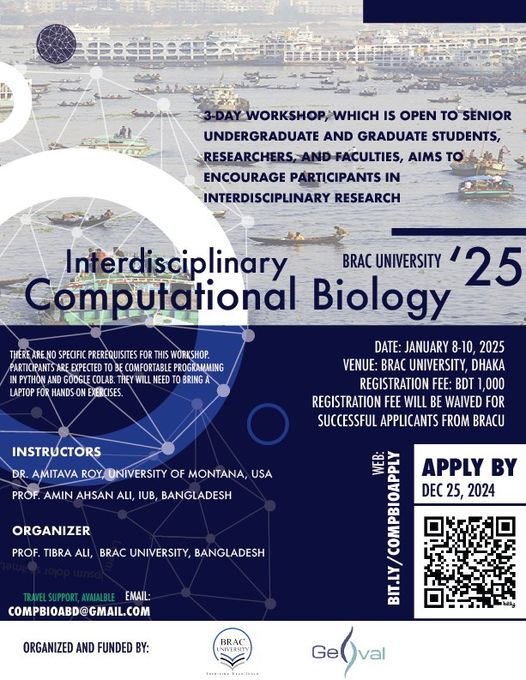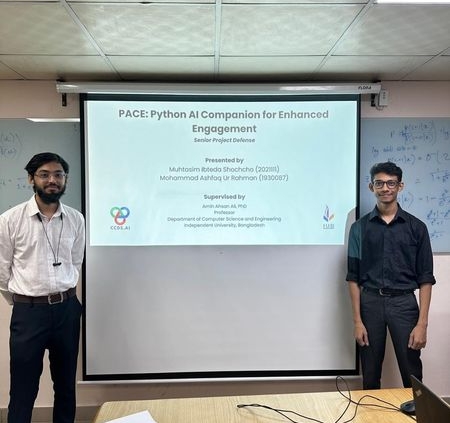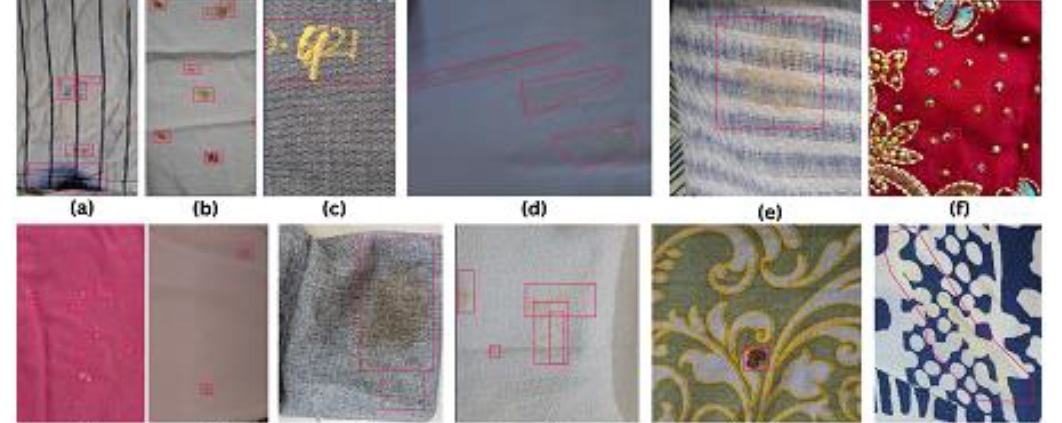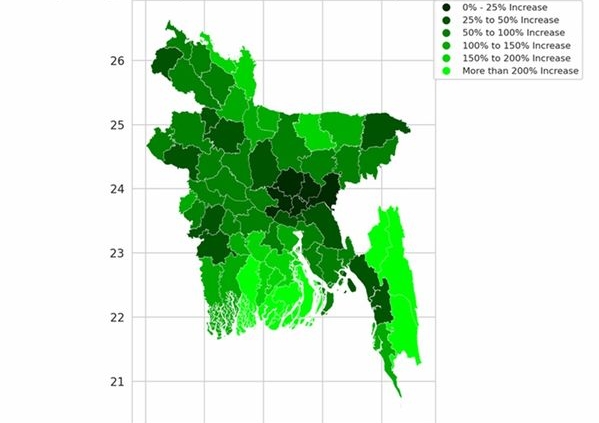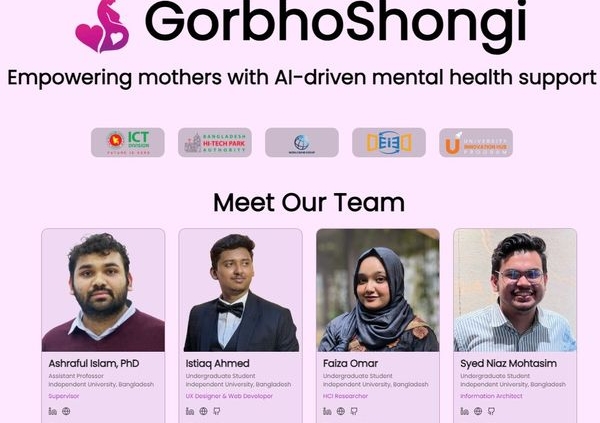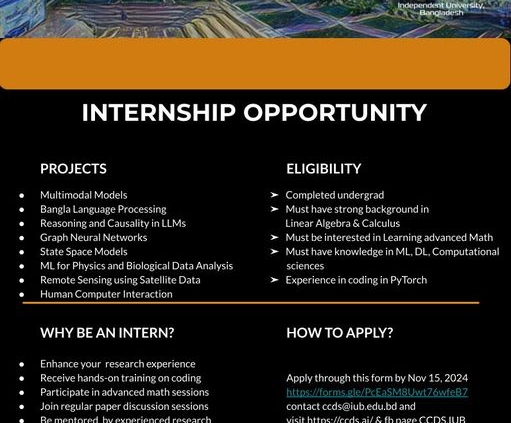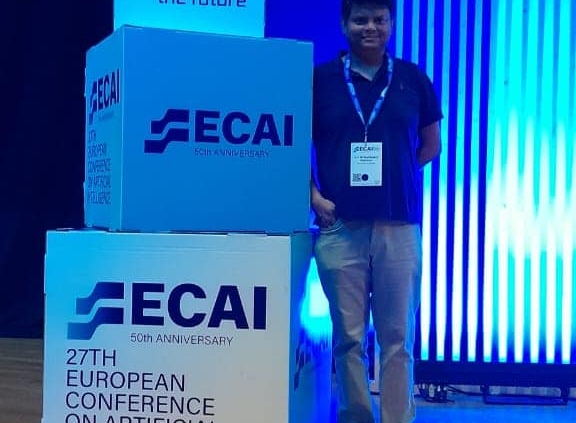Group photo of CSE, IUB faculty members who are part of CCDS
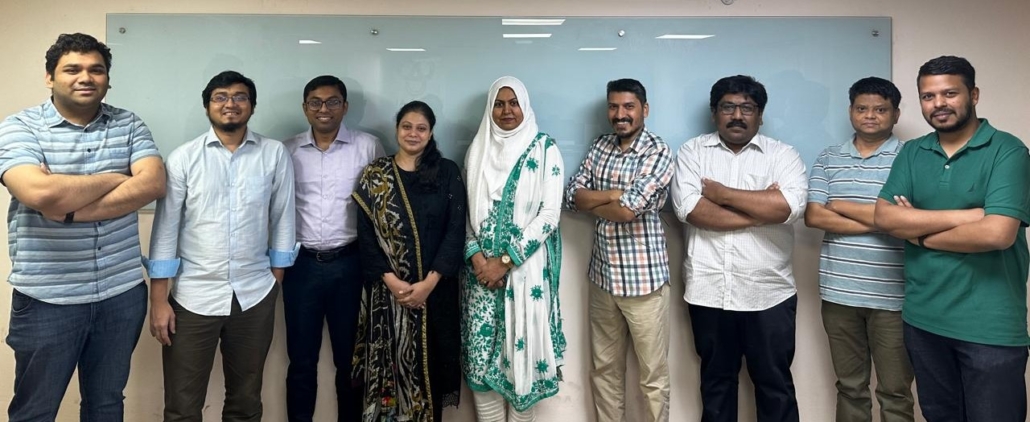
From left to right: Dr Ashraful Islam (Assistant Prof), Asif Mahmud (Lecturer), Dr Md Rashedur Rahman (Assistant Prof), Dr Saadia Binte Alam (Associate Prof), Dr. Farhana Sarker (Associate Prof), Dr Ashraful Amin (Prof), Dr Amin Ahsan Ali (Prof), Dr AKM Mahbubur Rahman (Associate Prof), Sanzar Alam (Lecturer).
We welcome the new CSE faculty members joining CCDS. Here is a brief introduction:
Dr. Saadia Binte Alam’s research area of interest is medical image and signal processing and machine learning. She is the current Head of the department of CSE, IUB.
Dr Farhana Sarker recently joined IUB and her research involves Health informatics, Human Computer Interaction, Machine Learning. Dr Farhana Sarker is the recipient of several international grants, including one in 2024 from Bill and Melinda Gates Foundation.
Dr Md Rashedur Rahman recently joined IUB after completing his D.Eng degree from University of Hyogo, Japan in 2024. He works on medical image processing and analysis, video analysis, machine learning among others.
We are expecting to have faculty members from other disciplines joining CCDS.

